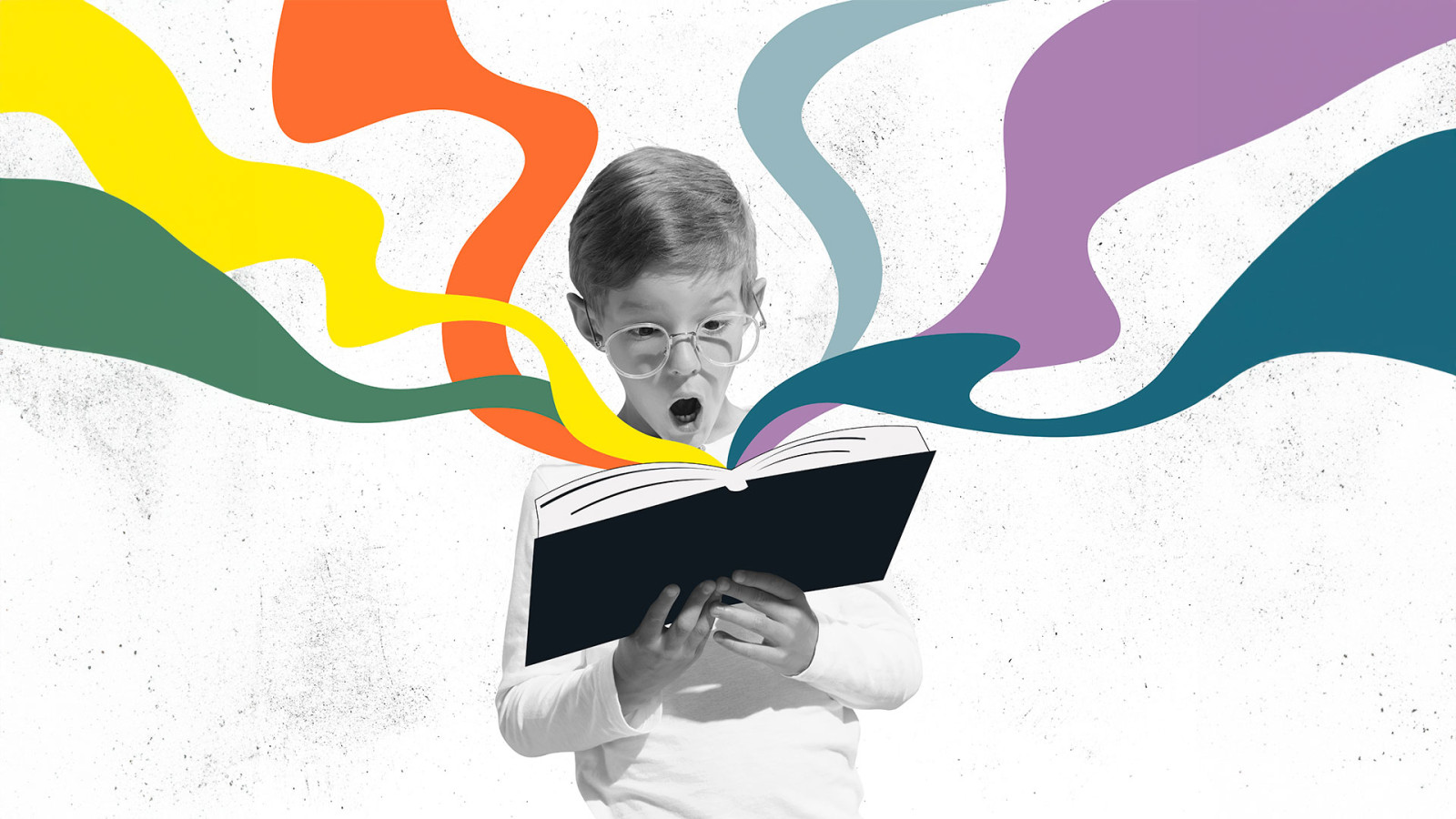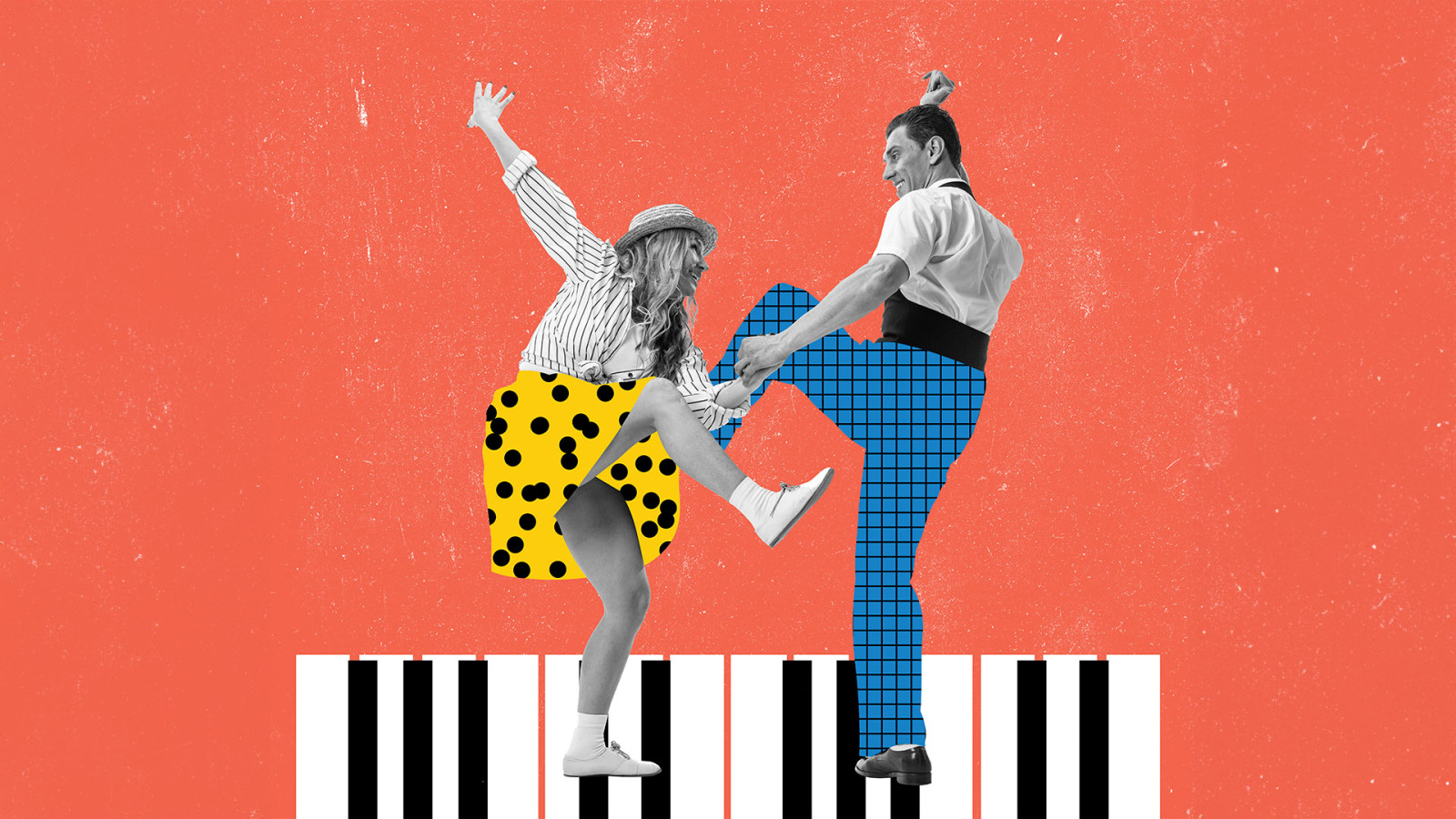
A selection of our favourite childhood books, that still leave an impression to this day.
The Wolves of Willoughby Chase, Joan Aiken

Published in 1962, the year I was born, I read this when I was seven and have never forgotten it. Set in a fictional nineteenth-century England, wolves have migrated from a bitterly cold Europe in the grip of climate change via a new Channel tunnel. Its heroines, Bonnie and Sylvia, battle the evil plans of their governess and through many twists and turns, win through. Imaginative, with powerful female characters, I look back and realise how innovative and ground-breaking this was in its day.
Julian Thomas, Planning Director
Doraemon, Fujiko F. Fujio

Having exposure to Asian culture in my childhood, Japanese comic books such as Doraemon were great sources of storytelling for me. That’s where my storyboard skills came from, every panel is like a different screen, and they were all in monochrome!
Amy Chu, Digital Designer
Northern Lights, Philip Pullman

One of the first books I remember having a real impact on me growing up was Northern Lights by Philip Pullman. The story jumps between the real and fantasy worlds in a clever way and the themes felt a bit fresher and more accessible than some of the older, more classic kids’ literature stories.
Fred Heritage, Content Creator
Alice’s Adventures in Wonderland, Lewis Carroll

I couldn’t get enough of this Lewis Carroll classic as a kid, becoming so obsessed I would correct my mum if she got a word out of place when reading aloud. By the time I was seven, I was disappearing into Alice’s glorious world on my own, endlessly re-reading this book. Nothing else came close to its brilliant nonsense – from the magic ‘Eat me’ growing cake to croquet with flamingos for mallets and hedgehogs for balls, and from characters like the smoking Caterpillar to the Cheshire Cat; I loved it all. Of course, I wasn’t interested in the hidden meanings or themes back then, but this book was such a big part of my childhood. I still have a beautiful hardback copy on my bookshelf. The language may be a little dated (I can’t get my kids to read it!) but for me, the sheer power of this one to pull you into its fantasy land is hard to beat.
Eve Reed, Content Creator
Nought & Crosses, Malorie Blackman

I read Noughts & Crosses in my early teens, where the Crosses (dark-skinned people) were superior to the Noughts (light-skinned people) and segregation exists between the two groups. The story is a classic Romeo & Juliet-style romance, with a Nought falling in love with a Cross and how they were forbidden from being together. But this book made me think and understand racism in a way that nothing ever had in the past. Partly because as a white girl growing up in a white area it wasn’t something I’d ever had to think about, and partly because it created a world where white people were seen as inferior and by doing this you instantly related to it because you could see yourself in the characters. The penny dropped for me, when Callum the Nought talks about how they don’t make plasters in his skin colour and I realised that I’d never even thought about things like that, that in my head plasters just so happened to be similar to my skin tone, but I’d never stopped to consider that this was not the same for everyone. This book gave you an understanding of the injustices in our society by simply flipping the perspective and allowing you to see the world from another perspective.
Katie Williams, Project Manager
Stig of the Dump, Clive King

I had to look up the name of the author, but I’ve never forgotten the book, which made a big impression on me when I read it as a boy. It’s the story of a boy called Barney who discovers a caveman living in a chalk pit on the South Downs. The scene that has always stayed with me is one where Barney and Stig are transported back in time and Barney marvels at a series of beacons lit by the ancient people that stretch into the distance across the Downs.
Tim Turner, Content Director
The Grapes of Wrath, John Steinbeck

I remember being blown away by the use of intercalary chapters (a chapter that’s relevant but doesn’t involve the novel’s characters) in this novel. It was the first time I’d ever come across the technique, and I think it’s an excellent argument for how different perspectives can strengthen a story, and how using context differently can bring a story alive.
Lulu Trask, Content Creator
If you’d like to have an informal chat about how Wardour can help tell your story, pop us an email at hello@wardour.co.uk – we’d love to speak to you.
Related insights articles
Stay ahead of the curve
Sign up to our emails

